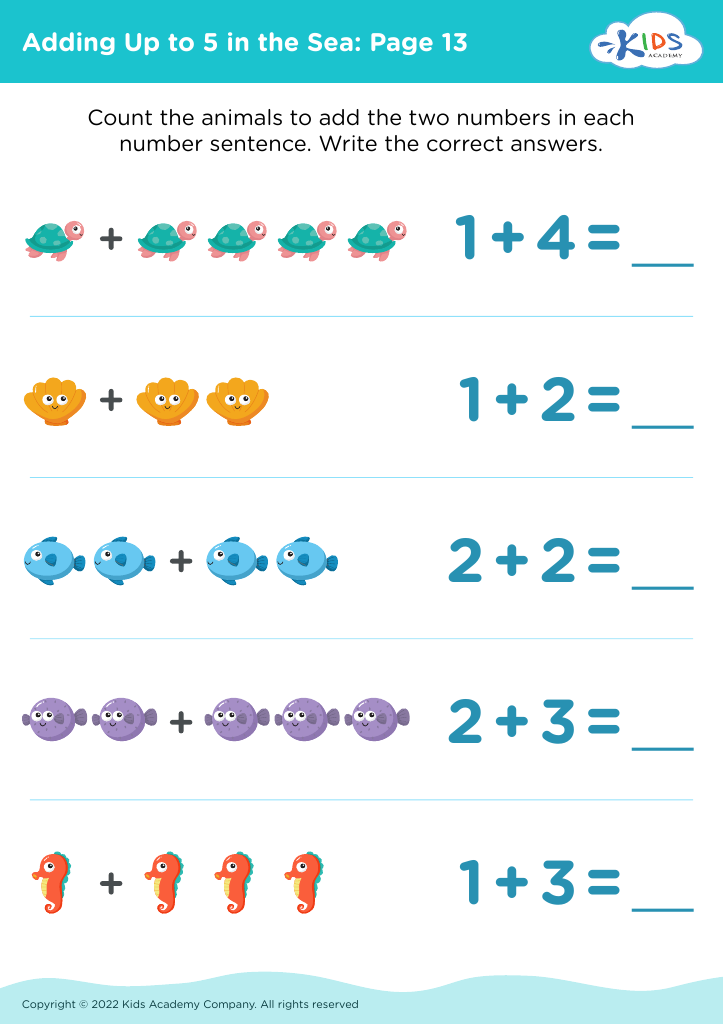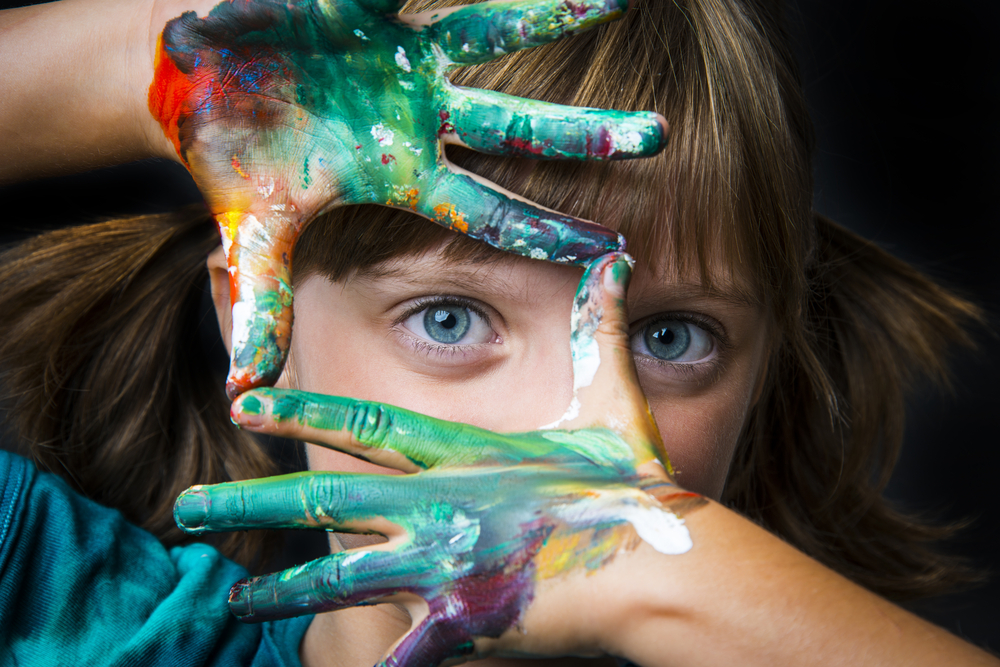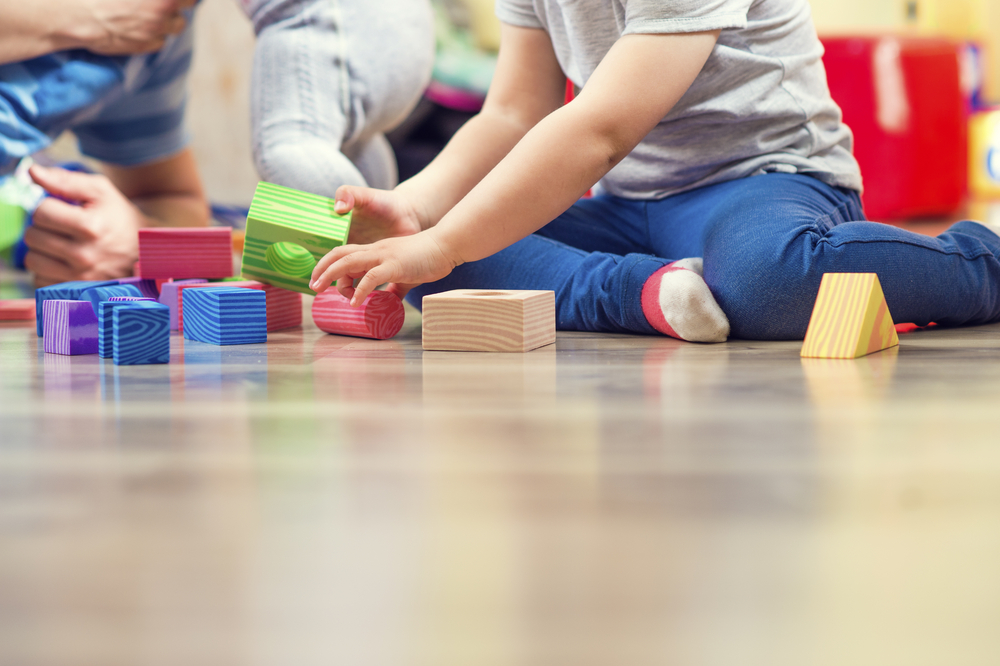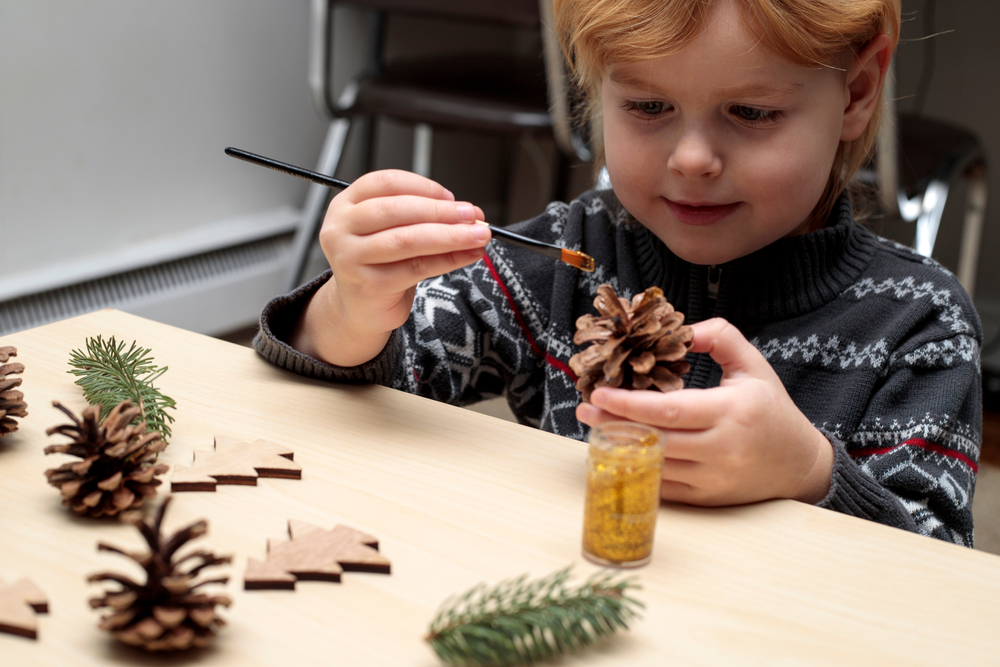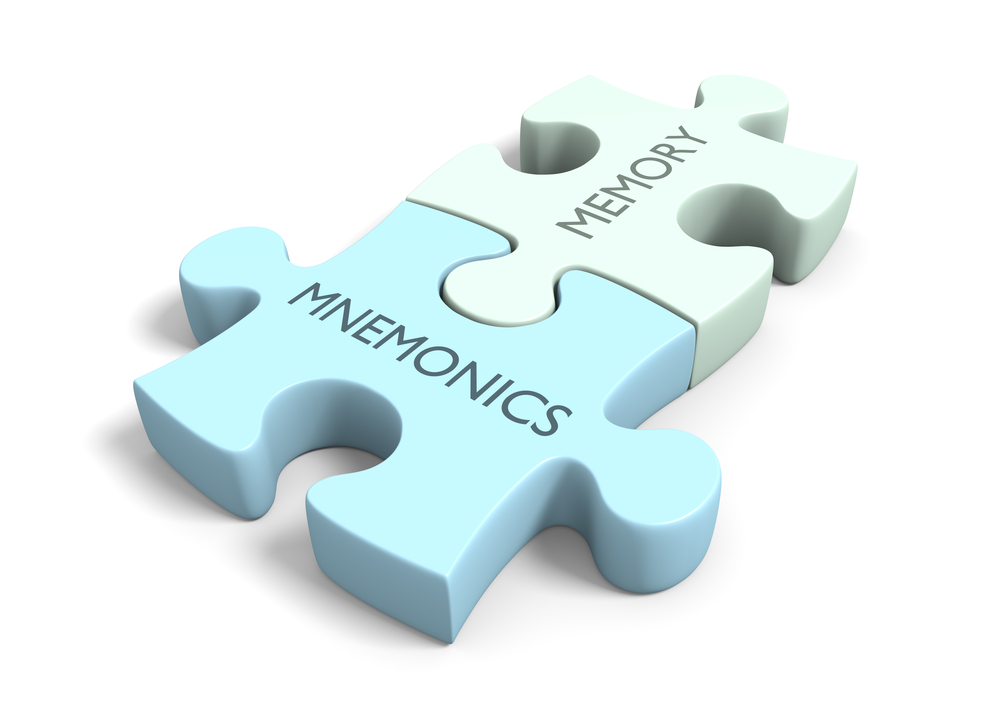Understanding mathematical concepts Worksheets for Kids
1 filtered results
-
From - To
Question/Answer
How to test a Preschool student’s Understanding mathematical concepts skills?
To test a preschool student's understanding of mathematical concepts, use practical, hands-on activities and games. Incorporate counting objects, sorting shapes, comparing sizes, and simple addition or subtraction using visual aids. Observe their problem-solving approach and ask questions to assess their reasoning. It's important to create a playful and stress-free environment to accurately gauge their mathematical understanding and skills.
How does the mastery of the Understanding mathematical concepts skill affect a student's performance at an early age?
Mastery of Understanding mathematical concepts at an early age significantly boosts a student's performance by fostering critical thinking, problem-solving abilities, and a strong foundation for advanced mathematical learning. It enhances their academic confidence and engagement, promoting a positive attitude towards mathematics and its application in real-life situations, ultimately leading to improved academic outcomes across various subjects.
How to train the Understanding mathematical concepts skill in Preschool students learning about Adding in the Sea?
To train preschool students in understanding mathematical concepts such as addition in a theme like "Adding in the Sea," use hands-on activities and visual aids. For example, provide them with sea creature toys or pictures and encourage them to physically group these items to visualize addition problems (e. g. , adding 2 starfish to 3 fish).
